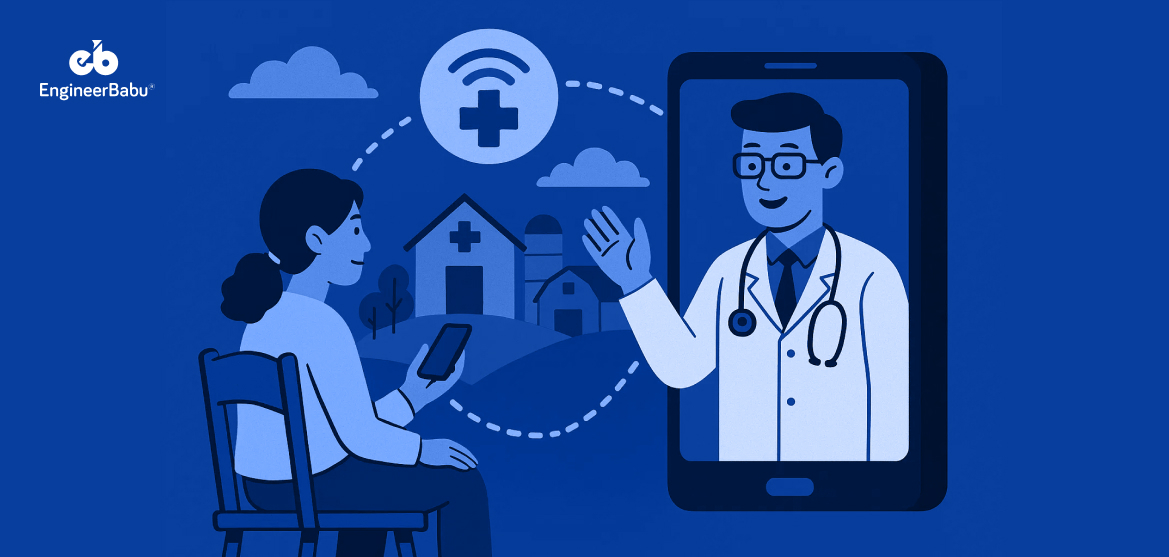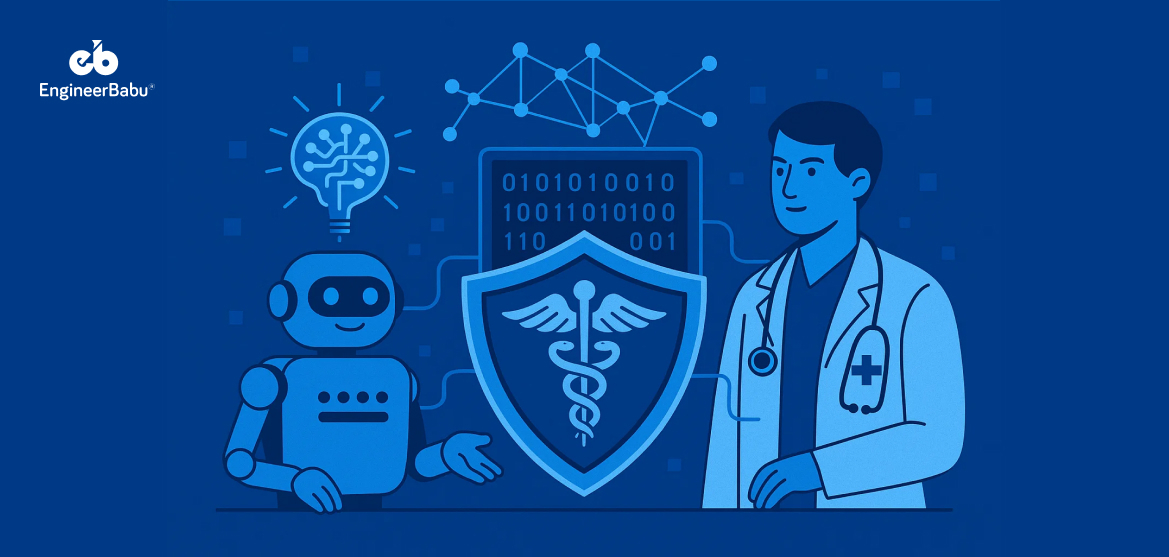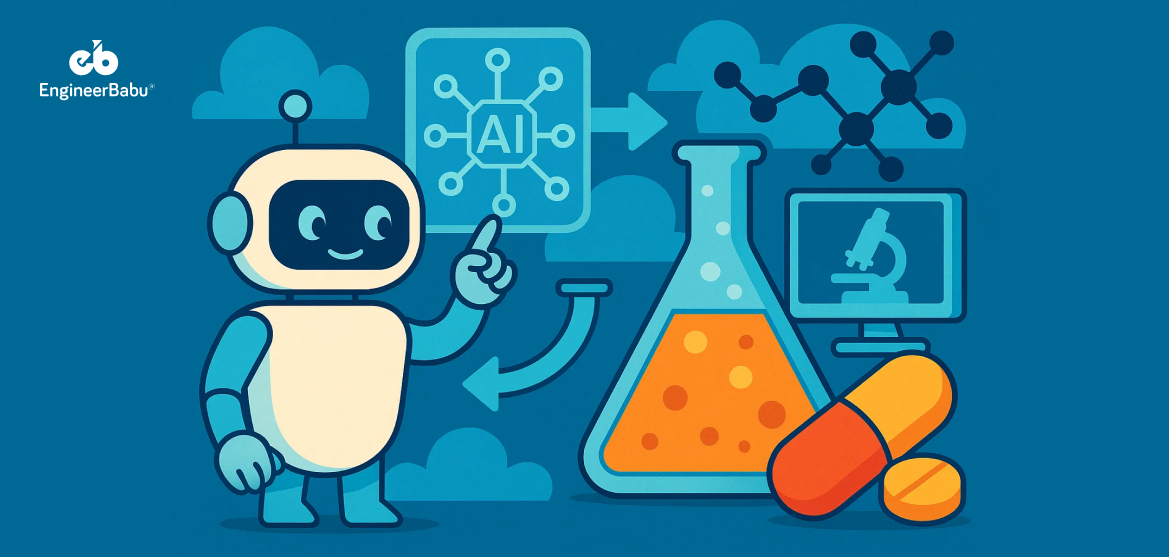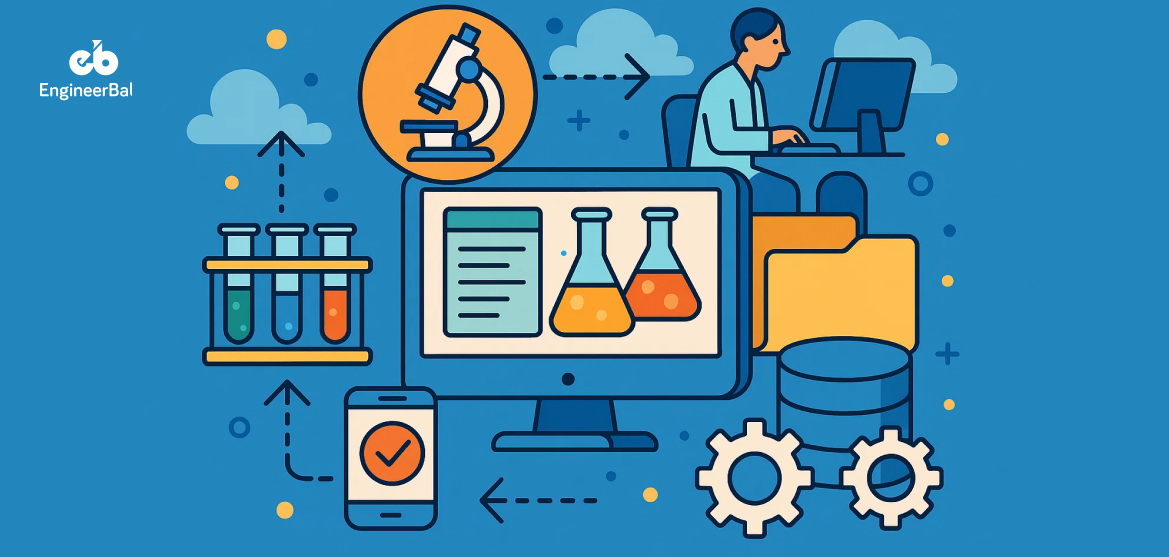One in five U.S. adults lives with a mental illness. But over half don’t get the help they need. Why? Limited access to therapists, high costs, and long wait times. That’s exactly where teletherapy apps step in.
Mental health teletherapy apps make therapy accessible without waiting rooms or commute times. With rising demand, the global mental health app market is expected to reach $17.5 billion by 2030, according to Data Bridge Market Research. That’s not hype—it’s a clear signal: this space is growing fast, and users are showing up.
But building a mental health app isn’t like building a fitness tracker. You’re handling sensitive information, regulated environments, and real human struggles. It needs to work—technically and emotionally.
In this guide, we’ll break down how to build a mental health teletherapy app that actually helps people.
Steps to Build a Teletherapy App
1. Research the Market and Define Your Use Case
You can’t create an app without understanding user needs and the problem it should solve. Your app should address a specific mental health gap that your target audience faces.
If you’re targeting general therapy seekers, you’ll need flexible scheduling, easy therapist discovery, and a broad content base. But if your focus is on a niche—like veterans coping with PTSD or teens dealing with anxiety—the features, tone, and user journey need to reflect that. This is why direct user research is non-negotiable.
Start with interviews. Speak to therapists, clinic managers, and potential patients. Ask about their current tools, their frustrations, and what they wish existed.
In addition, look into public health data to understand where access to mental health services is weakest—rural areas, minority communities, or people without insurance coverage often face the steepest barriers.
At the same time, you should also analyze your competitors. Studying popular apps like BetterHelp, Cerebral, and Talkspace will give you a better idea of what to include when you build a teletherapy app.
Don’t just focus on what they do well—look at their app store reviews to see where users are getting stuck. Common themes often include long wait times, generic therapist matches, or limited control over session timing. This groundwork will help you avoid building a copycat product and instead deliver something meaningful.
2. Define the Core Functional Requirements
Once the use case is clear, the next step is to define the essential features your app needs from day one. This doesn’t mean creating a laundry list of everything a mental health app could have. It means carefully choosing the functions that directly support your target user’s goals.
If you’re building for independent therapists, you’ll need secure scheduling tools, video session capability, and automated billing that integrates with Stripe or a similar processor. For a patient-first app, focus more on the onboarding flow, therapist discovery, and appointment flexibility. Apps serving teens or seniors should prioritize accessibility and simplified navigation.
Avoid feature bloat. More doesn’t mean better—it means more bugs, higher costs, and slower time-to-market. Instead, prioritize functionality that solves the core user problem.
Start with an MVP or build a basic teletherapy app that either connects users to the right therapist faster, reduces administrative work, or increases session consistency.
3. Design the User Experience Around Comfort and Clarity
Therapy is an emotional experience, and the app’s design should respect that. Your users are not just navigating a digital interface—they’re navigating feelings of stress, anxiety, or vulnerability. A cold or cluttered UI can turn that into frustration or make someone abandon the app before even booking a session.
The onboarding flow should feel personal and calming. Avoid aggressive pop-ups or too many questions upfront. Instead, guide users step-by-step through profile creation, therapist preferences, and session types. Use plain language, not clinical jargon. “Let’s find someone to talk to” feels much more human than “Select a licensed psychological care provider.”
Accessibility is critical too. Use large tap targets, readable fonts, and contrast-rich color palettes. Include voice-over support and screen-reader compatibility from the start—not as an afterthought. If you’re serving a diverse user base, offer language preferences.
And always test your design with real users, especially those dealing with high anxiety or digital fatigue. Their feedback will expose design flaws faster than any design sprint.
4. Choose the Right Tech Stack
The tools you choose will shape your app’s performance, security, and how easy it is to update later. For a mental health teletherapy app, the tech stack should be good enough to handle sensitive data safely and support smooth, uninterrupted sessions.
Start with the front end. Frameworks like React Native and Flutter are ideal if you’re targeting both iOS and Android. They let you write one codebase and deploy to both platforms—saving time and budget. If you plan to build a web version, React is a strong choice for clean UI and fast rendering.
On the backend, reliability and security are non-negotiable. Node.js and Django are commonly used because they’re scalable and support a range of healthcare-grade modules. For your database, go with PostgreSQL or MongoDB, depending on your data structure needs—but make sure your team is encrypting data at rest and in transit.
You’ll also need to integrate third-party tools. Twilio, Agora, or Vonage are top picks for HIPAA-ready video calls. Stripe or Braintree will help with secure payments. And if you’re working with therapists in the U.S., integrate with NPI registries for license verification. Choose cloud hosting with HIPAA-compliant options—AWS, Google Cloud, or Microsoft Azure all have covered services.
5. Build and Test Your MVP
Your minimum viable product (MVP) should solve the key problem for your users. Don’t aim for a polished, full-featured platform right away. Instead, focus on building a product that allows patients to find a therapist, book a session, and have that session over a secure connection—safely and reliably.
This version should include secure sign-up, profile creation, therapist search and match, appointment scheduling, video or audio calls, and a basic messaging system. Include a feedback feature as well, so you can gather real-time insights after every session.
Testing at this stage is critical. Functional testing ensures that everything works as intended—logins, video quality, session booking. But usability testing is where you’ll catch the friction. Watch how real users navigate the app. Are they confused by the onboarding? Are they missing notification prompts? These issues will quietly kill engagement if left unchecked.
Prioritize bug fixing and keep your beta group small but diverse. Include both therapists and patients, and aim for honest feedback—not praise.
6. Ensure Full Compliance and Data Security
If your app will be handling protected health information (PHI), you must follow U.S. HIPAA regulations. That means more than just adding a privacy policy—it affects how you build and store everything.
HIPAA requires that all PHI be encrypted, that user access is restricted, and that every system interaction is logged. This includes video sessions, chat logs, session notes, and even logs of when data is accessed. Any third-party service you use—whether it’s a video provider or cloud storage—must also be HIPAA-compliant, and you’ll need to sign Business Associate Agreements (BAAs) with each one.
If your app will be used in the EU or handles data from EU citizens, you also need to meet GDPR requirements. This includes giving users control over their data, allowing them to access, update, or delete it on request.
Beyond regulatory compliance, you need to build trust. Users need to feel confident that their therapy sessions are private and secure. Use plain-language data policies, enable two-factor authentication, and avoid any unnecessary data collection. Mental health data is sensitive—treat it that way.
7. Launch, Monitor, and Improve
When you launch your app, don’t go big right away. Start small—maybe with a soft launch or a private beta. This gives you room to test the waters without overwhelming your system or your team.
Pay close attention to what’s actually happening in the app. Are users booking sessions, or are they dropping off midway through onboarding? If people aren’t making it to their first session, your sign-up flow probably needs work. If therapists aren’t filling out their profiles, it could mean the setup process is too long or confusing.
Talk to your early users. Add short surveys in the app, or ask for feedback right after a session. If the same complaint pops up more than once, it’s probably affecting more people than you think.
Use what you learn to make fast updates. Don’t try to solve everything at once—focus on the things that affect trust and session quality first. Once those are solid, you can start polishing the experience and adding new features based on what users actually want.
Scaling will come, but right now your goal is simple: build something that works well for the people who need it most. The rest follows.
Conclusion
Building a mental health teletherapy app isn’t just about shipping a product. It’s about creating a space that feels safe, useful, and accessible to people who need real help. You’re not just solving a technical challenge. You’re helping someone talk through trauma, manage anxiety, or finally find a therapist they can connect with. That means every decision, from the features you include to the way you handle onboarding, matters.
If you’re starting this journey, focus on the essentials: understand your users deeply, build a product that meets real needs, keep privacy and compliance front and center, and stay flexible enough to adapt as your users evolve. With the right approach, your app can do more than succeed—it can make a lasting impact.
FAQs
1. Do I need HIPAA compliance if I’m only offering mental wellness coaching?
If your app does not store or transmit Protected Health Information (PHI) and you’re not offering services from licensed therapists, then HIPAA may not apply. But the moment you handle sensitive user data linked to health or partner with licensed providers, HIPAA compliance becomes necessary.
2. How long does it take to build a mental health teletherapy app?
A basic MVP can take 3 to 6 months, depending on the complexity of features, size of the development team, and testing cycles. A full-scale app with EHR integration, insurance support, and advanced analytics may take 9 to 12 months or more.
3. Can I use open-source tools for video and chat features?
You can, but be cautious. Most open-source tools are not HIPAA-compliant out of the box. If you plan to use them, you’ll need to invest heavily in security, encryption, and data control features. For healthcare, using a trusted third-party API like Twilio or Vonage is usually the safer route.
4. What’s the best way to ensure accessibility in a mental health app?
Design with empathy. Use readable fonts, calming colors, large buttons, and simple navigation. Offer voice support and screen reader compatibility. Test with users from different age groups, literacy levels, and mental health backgrounds to identify usability barriers early.
5. Why choose EngineerBabu for building a healthcare app?
EngineerBabu has deep experience in developing secure, scalable, and compliant healthcare solutions. From HIPAA-ready infrastructure to seamless video and payment integrations, they understand the sensitive nature of healthcare technology. Whether you’re a startup building your first MVP or a healthcare provider expanding into digital therapy, EngineerBabu can guide you through every stage—with the technical and regulatory knowledge that makes the difference.




